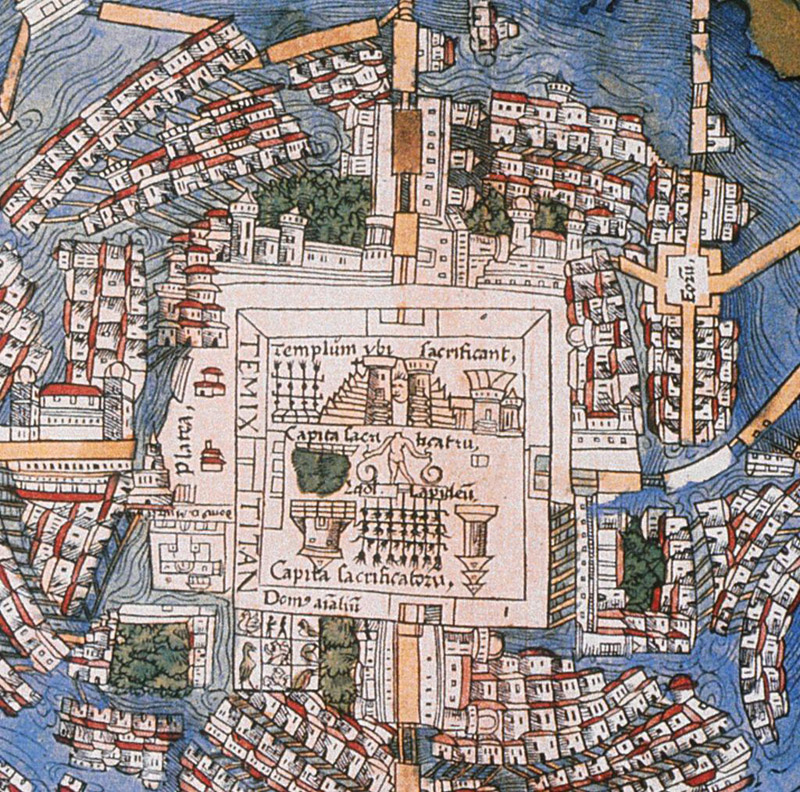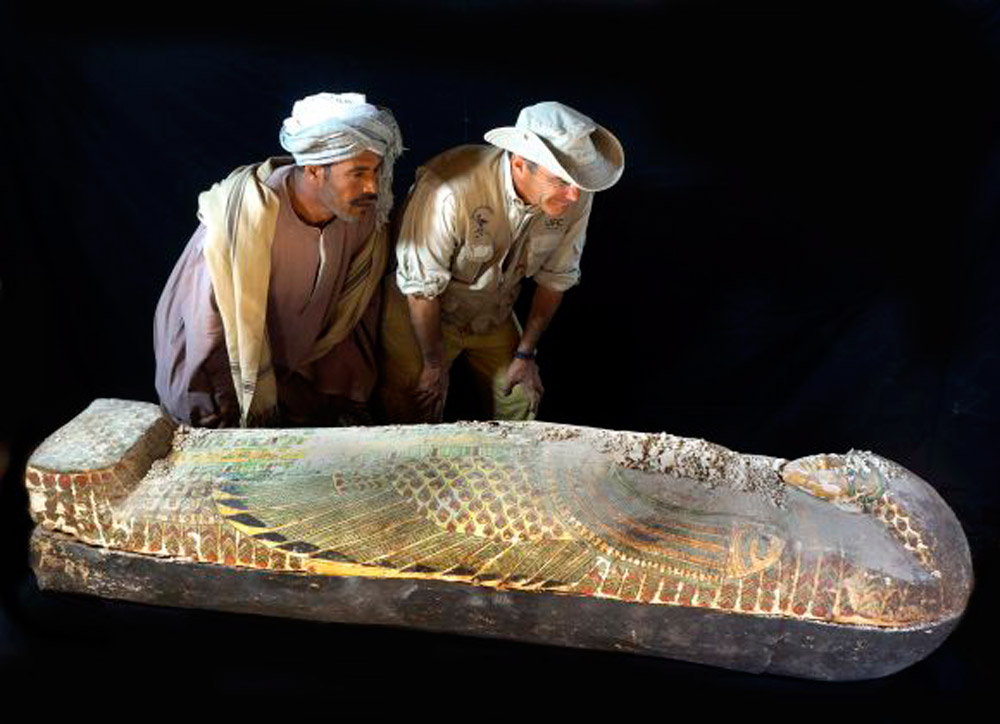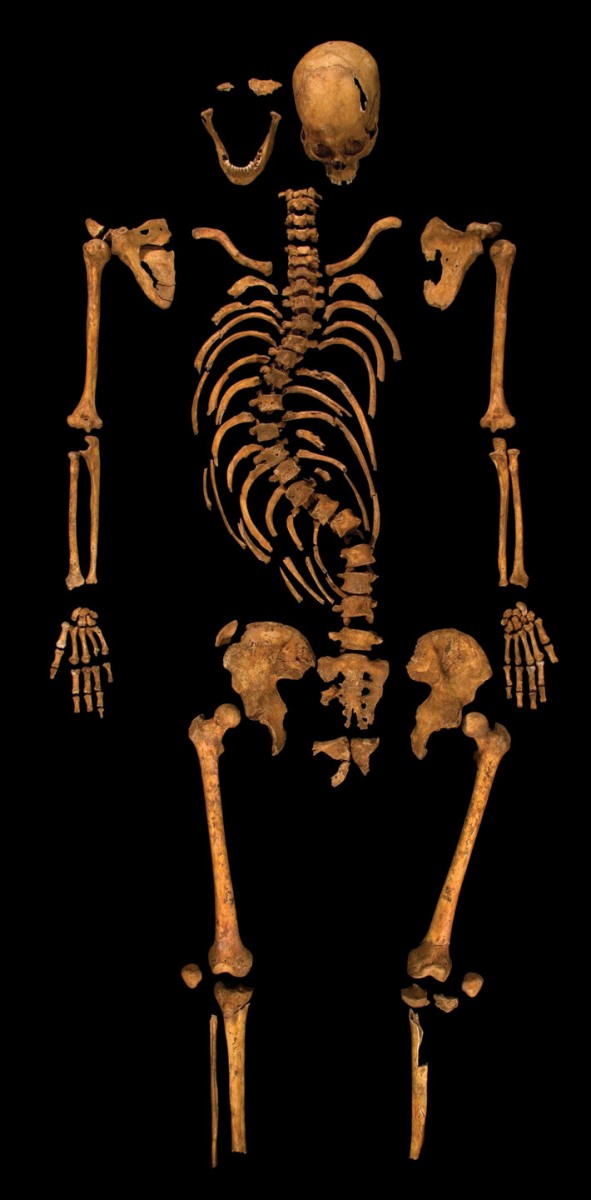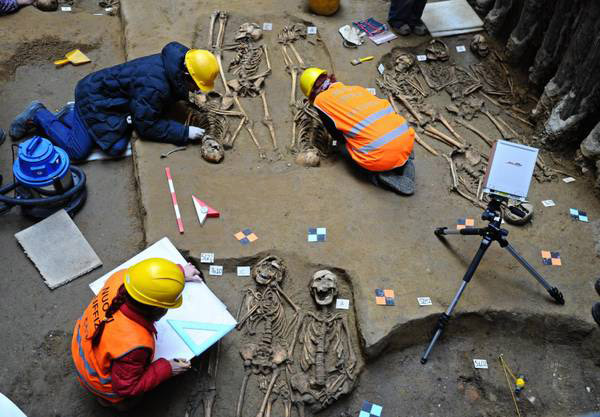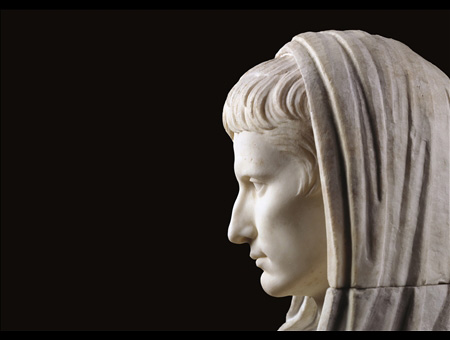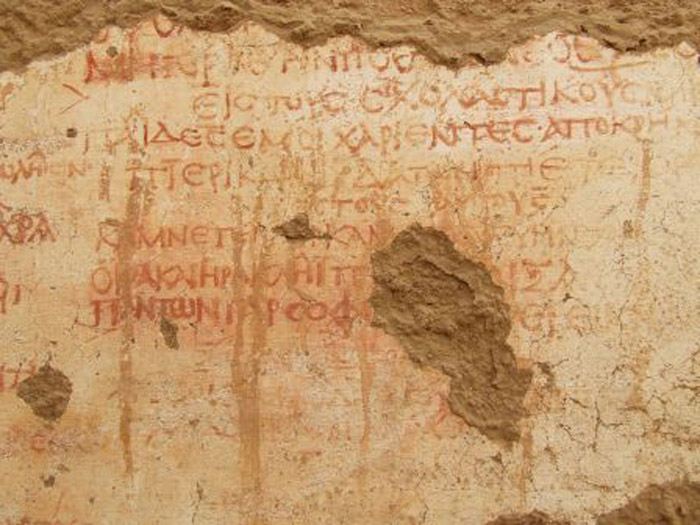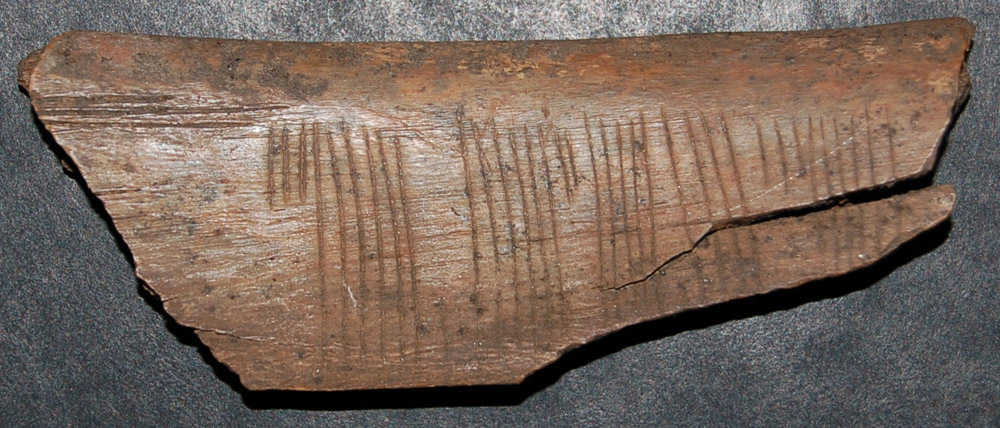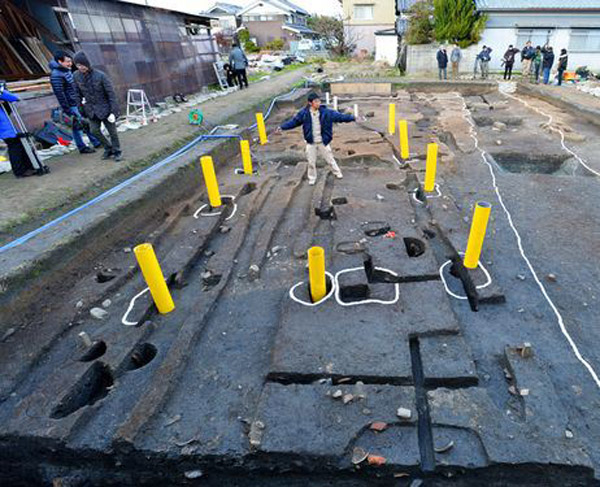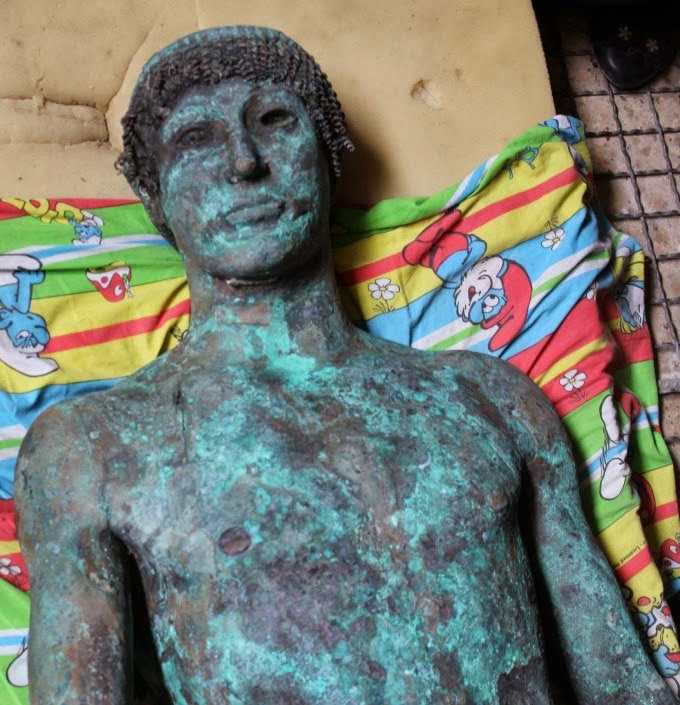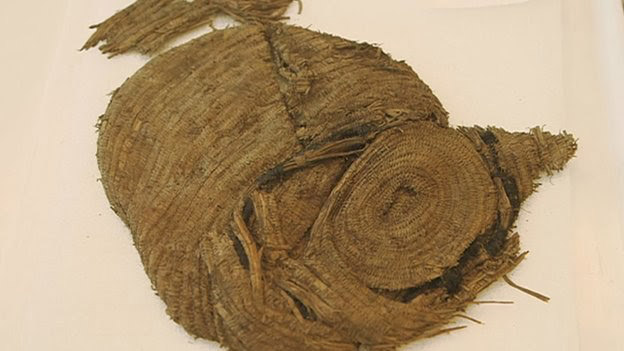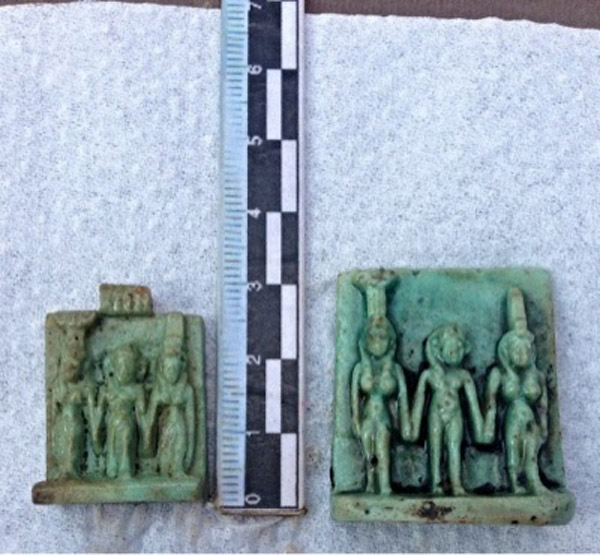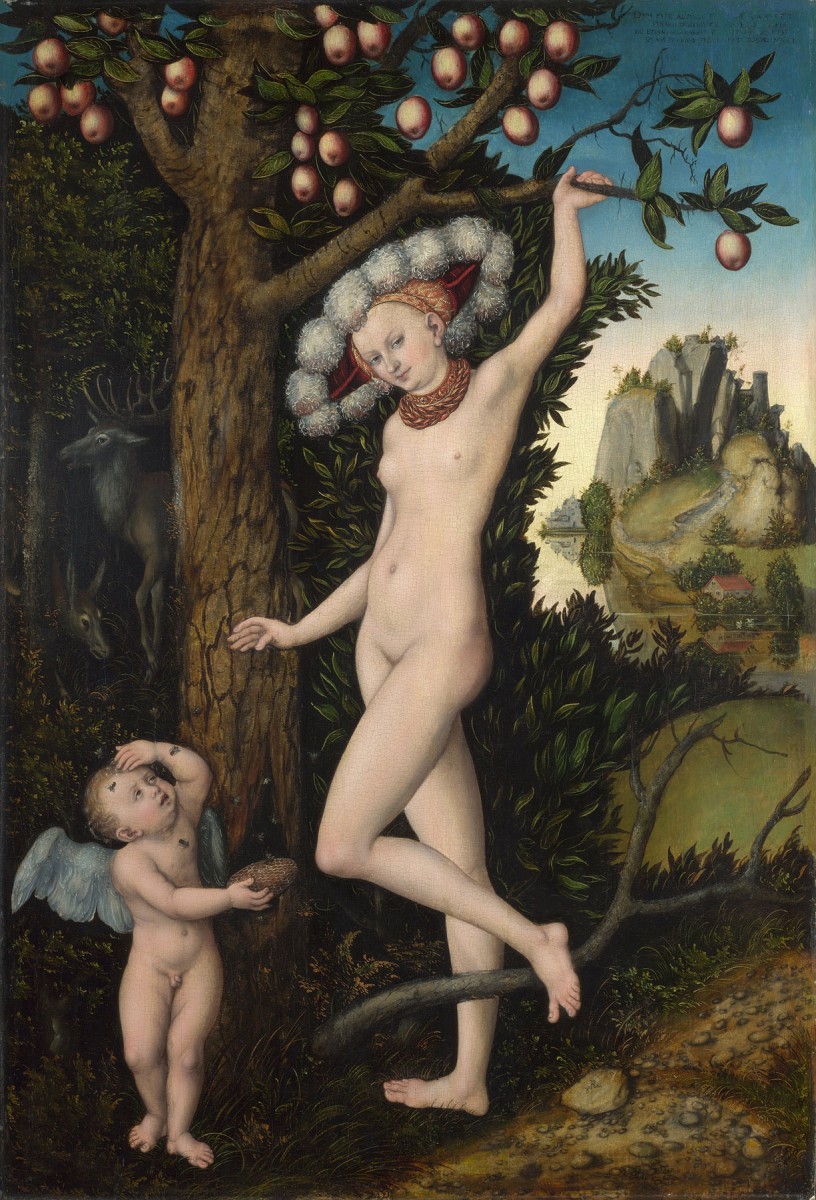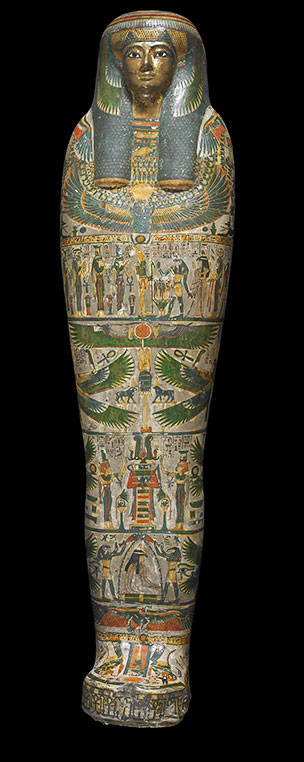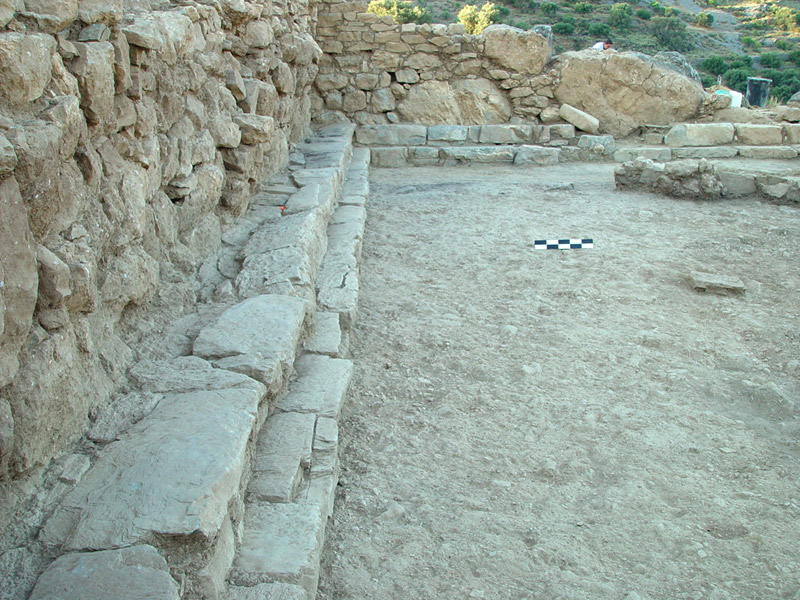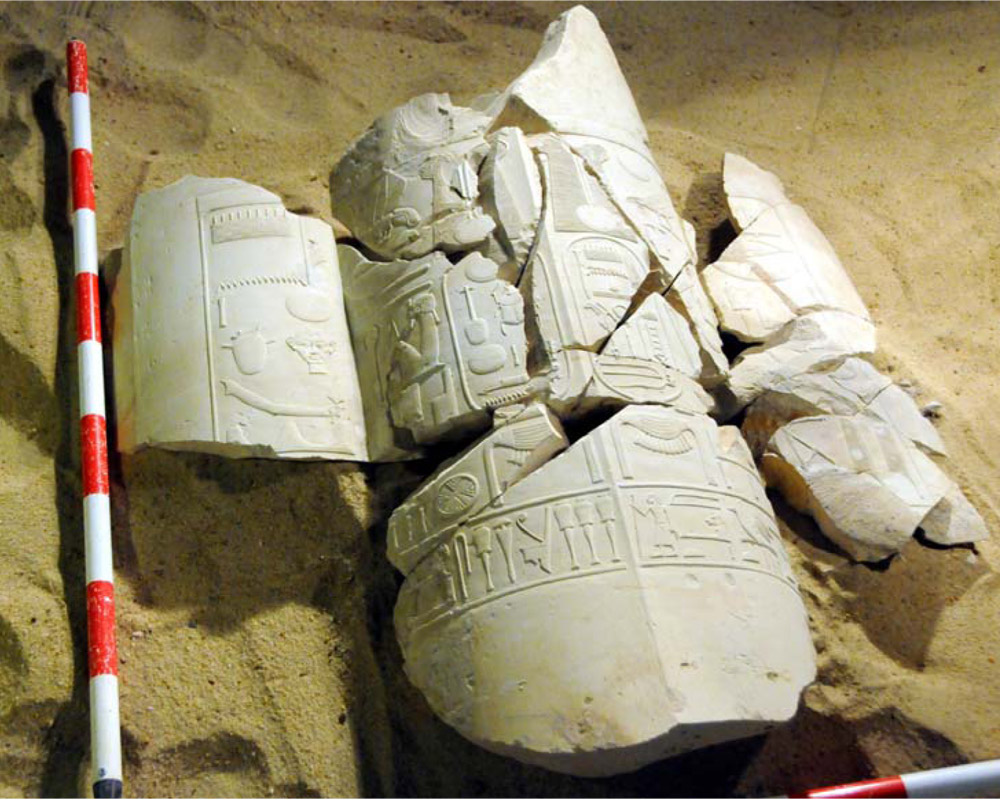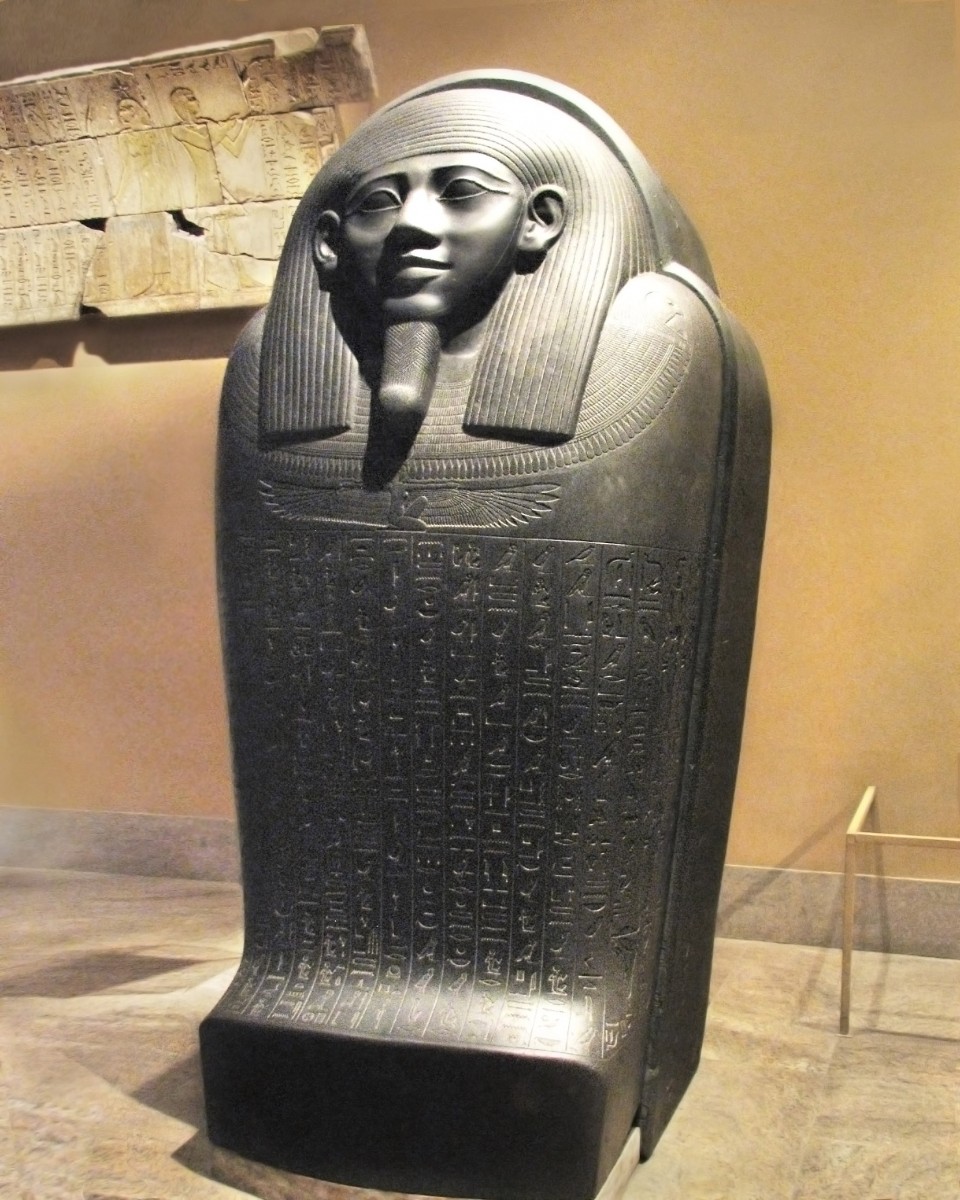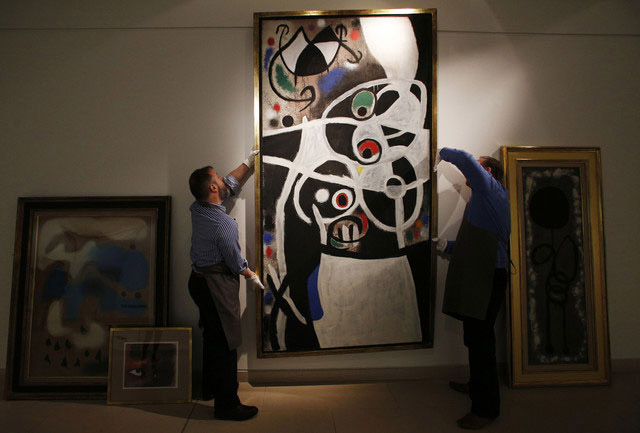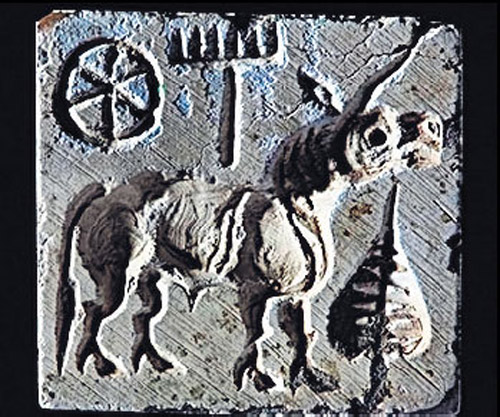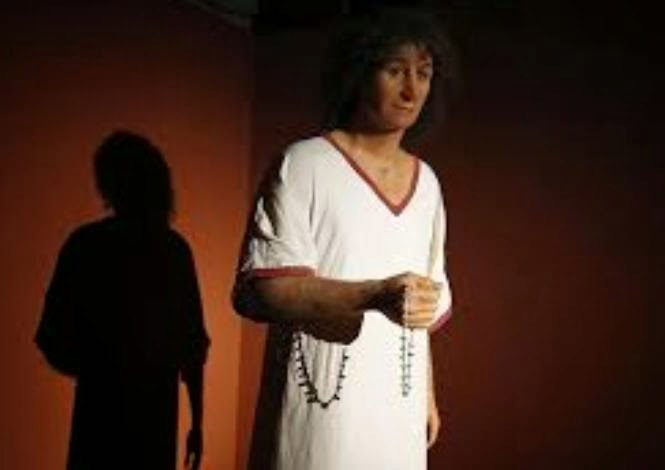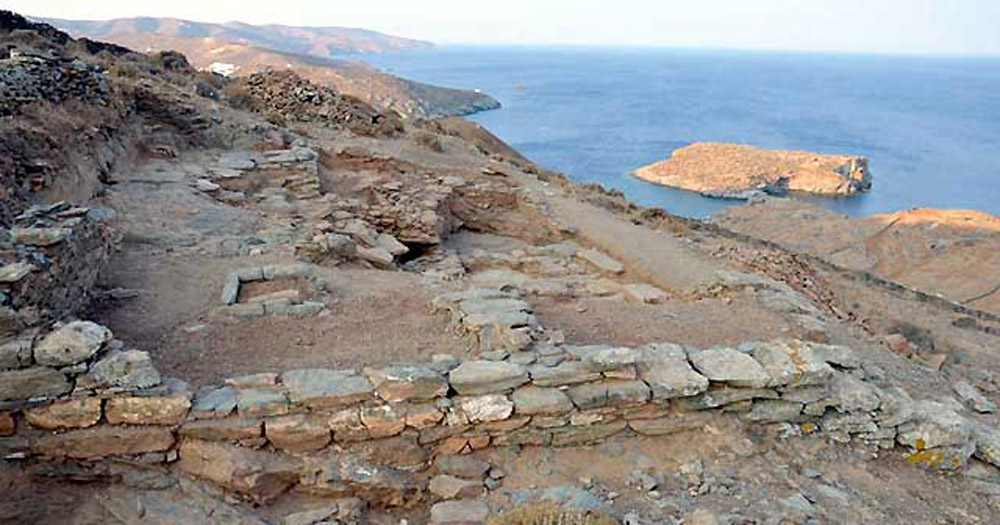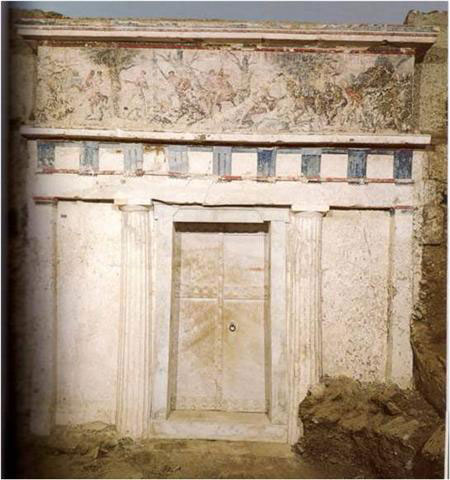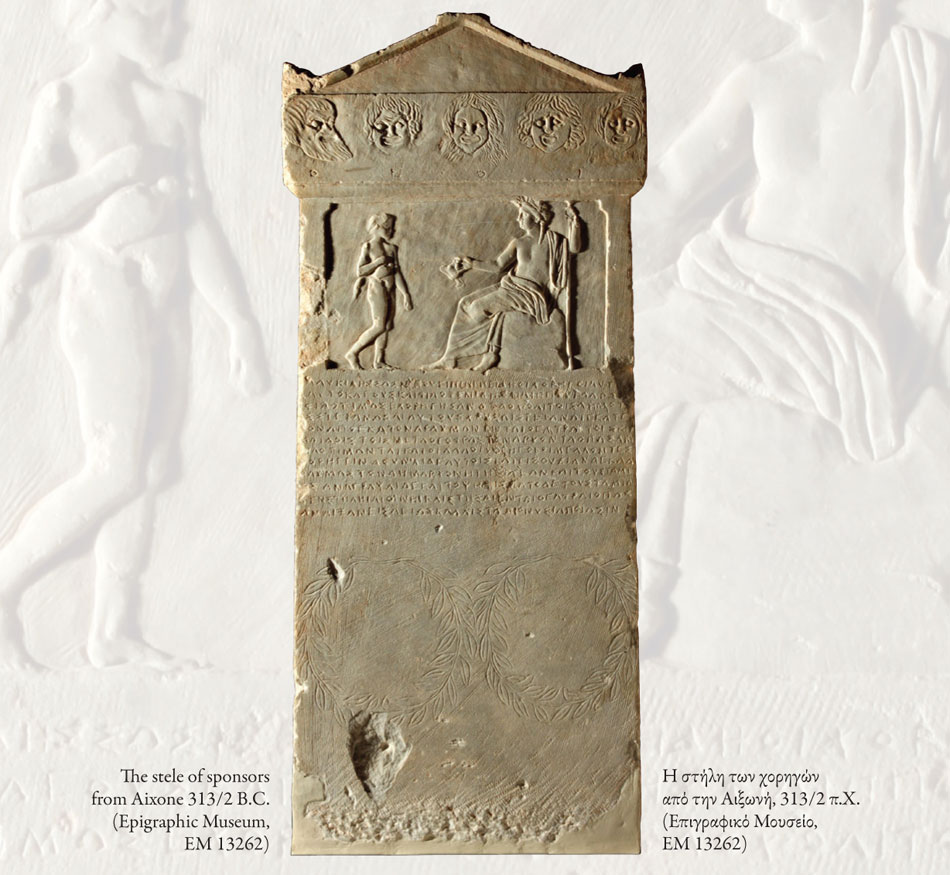Building from 2200 BC found in Quito
A building constructed by a yet undefined culture and dating from 2,200 BC has been found in Rumbipapa Park, in the city of Quito, Ecuador.
Ancient and Modern Settlements Follow Same Rules of Development
Development patterns as attested in modern urban areas seem to work the same way when considering the development of ancient cities.
Wooden Anthropoid Sarcophagus Discovered in Dra Abu el-Naga
A 17th dynasty painted sarcophagus belonging to a top governmental official was unearthed at Draa Abul-Naga necropolis on Luxor's west bank.
Richard III Genome To Be Sequenced
Research on Richard's genome is expected to reveal details such as the colour of his eyes and hair, as well as elements of his medical history.
Uffizzi’s Dark Secret
According to local archaeologists the grave dates back to the 6th or 7th century AD, while the burial style, reflecting the need to optimize space in view of more deaths, might be connected to an epidemic.
Exhibition held to Mark Augustus’ bimillennium
This exhibition dedicated to Augustus celebrates two thousand years from his death at Nola (Campania) on the 19th of August 14 AD. Dr. Annalisa Lo Monaco will present it in the framework of the Roman Seminar series.
Homer and Drugs in a Grecoroman School
The texts are "further proof that teaching and learning took place there, and confirm that they belong to the only building so far discovered from antiquity that was certainly a school and showed educational activities.
To Kiss a Viking and Other Runic Messages
It seems that the jötunvillur, and probably other -not yet deciphered- codes were often used in the framework of mind games between the Norse or for the writing of everyday messages.
Revealing a Shaman Queen’s Palace
Latest finds withing the archaeological site of Makimuku give evidence on legendary state of Yamatai and its queen, Himiko.
Survey about visitors with intellectual disabilities or learning difficulties
This survey aims at gaining more knowledge about the subject of tourist guiding for people with intellectual disabilities or learning difficulties.
A Bronze Statue in Gaza
Once the statue reappears, it will be possible to say whether it represents, "the tip of a historical iceberg", a new Riace case or another archaeological scandal.
A 4,000 Year Old Hoard from Britain
Not as impressive as Stonehenge, but archaeologically it's just as important, according to archaeologists.
Archaeologists “see” Psamtek I in Tel Tabla
Α mummy was found covered with a gold plated cartonnage and inscriptions in hieroglyphics including a cartouche of King "Wah Ib Re" -Psamtik I of 26th Dynasty.
Strange Beauty
The exhibition "Strange Beauty: Masters of the German Renaissance" opens on 19th February, 2014 at the British Museum. It will run until 11th May.
Think you know mummies? Think again!
The British Museum has announced a new exhibition which will run from 22 May to 30 November 2014: "Ancient lives. New discoveries."
Investigating Azoria in Crete
Researchers explore the early history of the site and develop a stratigraphy and chronology of changes in the settlement during the transition from the Early Iron Age to the Archaic Period.
New Evidence on the Amenhotep III and Amenhotep IV Co-Regency
Both pharaoh's cartouches found in close proximity in tomb dating from Amenhotep III' s Year 30 indicate an eight years co-regency.
Well-Preserved Mummy Among Finds at Tel Tabla
Limestone anthropoid sarcophagus containing mummy and a number of shabti figurines revealed.
Joan Miró Sale Cancelled
Christie's claim that their decision is based on legal uncertainties concerning the collection's ownership status, claiming they a have a responsibility to our buyers to be sure that legal title can transfer to them without issue.
A Prehistoric Unicorn From Rajastan
Since its beginning in 2012, the excavation at Karanpura, has brought to light two broad cultural levels, representing the early and the mature Harappan age
Face to Face With a Carthagenian
On January 29 the American University of Beirut Archaeological museum opened a special exhibition dedicated to the reconstructed identity of a man who lived in Carthage (modern day Tunisia) 2,500 years ago.
A Hellenistic Monumental Building at Vryocastro, Kythnos
Research shows that the assumption that Building 5 was the "prytaneion" of Kythnos in the Hellenistic period remains a likely scenario.
The Tomb of Philip in Vergina: Which Pihlip?
Olga Palagia will give a lecture entitled at the Swedish Institute.
Institution of Sponsorship from ancient to modern times
International Conference on the institution of sponsorship to be held in Thessaloniki.

